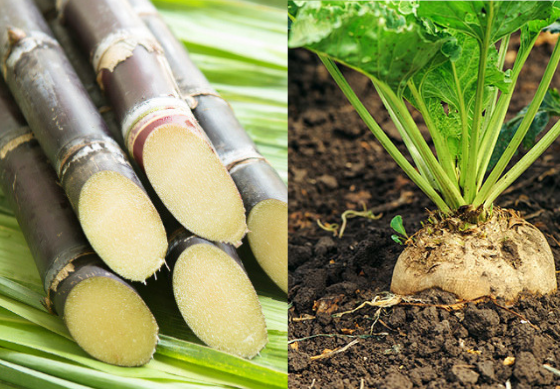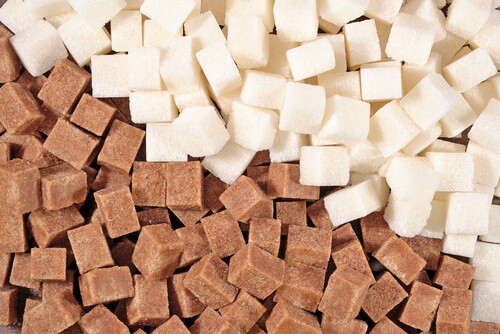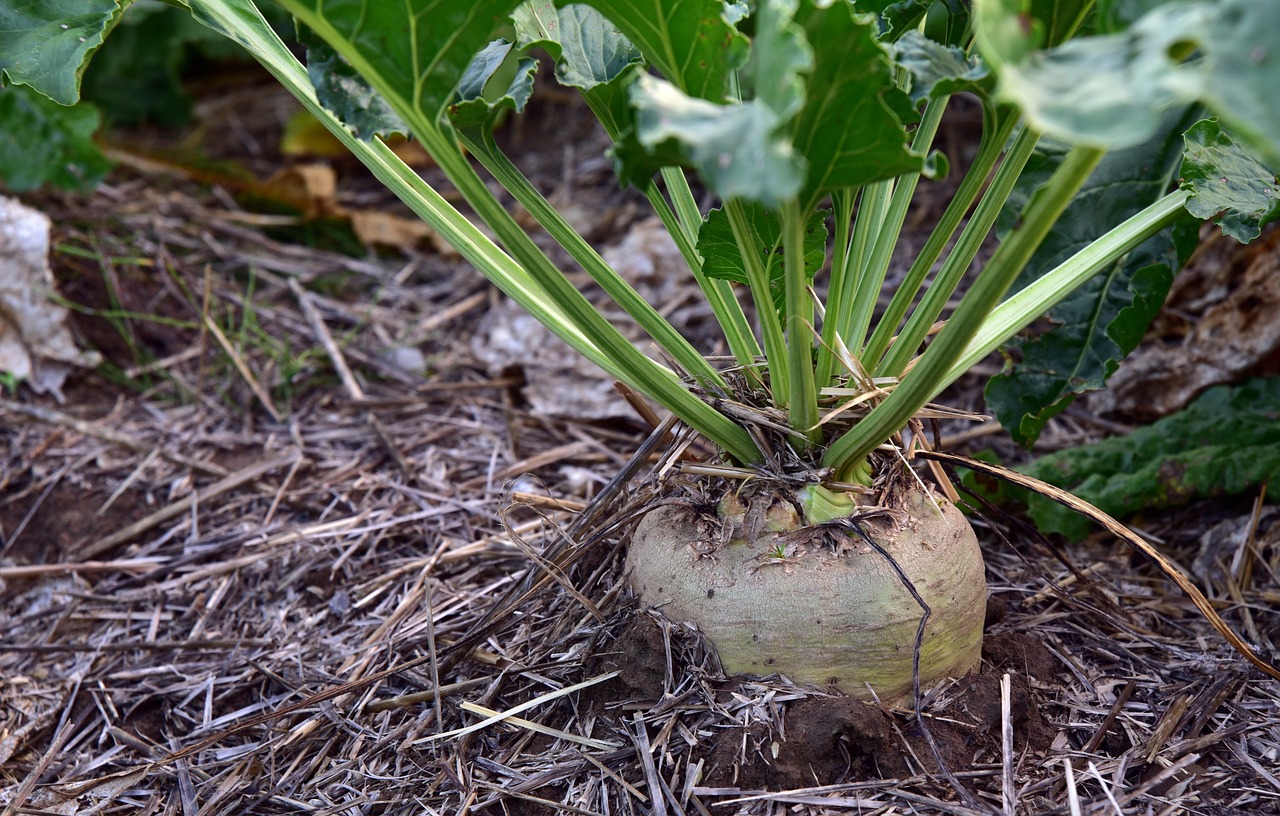The surprising industrial uses of sugar beet vs sugar cane by-products
The Relevance of Sugar Beet Vs Sugar Cane: a Closer Appearance at Their Manufacturing Processes and Applications
The relevance of sugar beet and sugar cane expands past their duty as sources of sucrose. Each plant includes unique making processes that affect their applications throughout various markets. While sugar beet sustains not just food production however additionally biofuels and plant foods, sugar cane mainly offers the food field with valuable by-products. Comprehending these differences exposes exactly how each plant forms agricultural economic situations and industry methods globally, triggering more expedition into their distinct payments.

Summary of Sugar Beet and Sugar Cane
Sugar beet and sugar cane are 2 key resources of sucrose, each with distinctive attributes and farming approaches. Sugar beet, a root veggie, grows in temperate environments - Sugar beet vs sugar cane. It is grown primarily in the Northern Hemisphere and needs well-drained soil. The plant commonly expands to a height of about 18 inches, with a white, fleshy root having about 15-20% sucrose. In comparison, sugar cane is an exotic yard that prospers in cozy, damp conditions. It can reach elevations of approximately 12 feet and includes tall, jointed stems that store sucrose focus varying from 10-15%. The cultivation of sugar cane is labor-intensive and usually includes manual harvesting. Both plants offer as important agricultural assets, supplying basic materials for sugar manufacturing and different by-products. Their farming techniques considerably affect local economic situations and international sugar markets, making them indispensable to the agricultural landscape
Collecting Methods for Sugar Beet and Sugar Cane
Collecting methods for sugar beet and sugar cane differ markedly because of the one-of-a-kind attributes of each crop. Sugar beet harvesting generally utilizes specialized equipment referred to as beet harvesters, which effectively uproot the beets from the soil while lessening damage. These makers make use of a series of blades to reduce the tops and raise the roots, making certain that the beets stay undamaged for processing.In contrast, sugar cane harvesting usually involves 2 key methods: hands-on cutting and mechanical harvesting. Hand-operated harvesting, still prevalent in some regions, calls for employees to cut the cane stalks by hand utilizing machetes. This technique enables selective harvesting however is labor-intensive. Mechanical harvesters have gotten appeal, employing rotating blades to reduce and collect the stalks promptly. Both methods aim to optimize yield and top quality, with mechanical harvesting increasingly embraced to satisfy increasing manufacturing needs successfully.
Handling Approaches for Sugar Beet
After being harvested, sugar beets undergo a series of handling actions to extract sucrose efficiently. The initial step involves washing the beets to remove soil and impurities. Next, the beets are sliced into thin strips called cossettes, which boosts the surface for removal. These cossettes are after that based on warm water extraction in a diffusion procedure, allowing sucrose to dissolve into the water.Following removal, the juice has impurities and is clarified using lime and warmth to speed up solids. The cleared up juice is then focused via dissipation, getting rid of excess water and boosting sugar focus. To crystallize the sucrose, the concentrated juice undergoes further dissipation and air conditioning, developing sugar crystals. These crystals are separated from the continuing to be syrup via centrifugation, dried out, and packaged for distribution. This technique guarantees a high return of sucrose while preserving the high quality of the final item.
Handling Methods for Sugar Cane
Processing sugar cane entails a series of actions made to draw out sucrose efficiently. The procedure starts with harvesting, where mature sugar cane is cut and carried to processing centers. Once at the mill, the cane undertakes washing to remove contaminations. The next action is crushing, where mechanical rollers extract juice from the coarse stalks.This juice is after that cleared up making use of heat and lime to get rid of suspended solids and contaminations. Complying with explanation, the juice is evaporated to concentrate the sugar web content, resulting in a thick syrup. The syrup undertakes crystallization, where sugar crystals develop as the syrup cools down. These crystals are separated from the remaining molasses through centrifugation.Finally, the sugar is dried out and packaged for circulation. This complete processing approach warranties that sugar cane produces a high-quality product, appropriate for numerous cooking and commercial applications, while taking full advantage of the removal of sucrose from the raw material.
Nutritional Distinctions In Between Sugar Beet and Sugar Cane
The comparison between sugar beet and sugar cane prolongs beyond their handling approaches to encompass considerable dietary distinctions. Sugar beet includes not just sucrose yet additionally a range of minerals and vitamins, consisting of vitamin C, potassium, and magnesium. These nutrients add to its potential health benefits, such as sustaining immune feature and maintaining electrolyte balance. In contrast, sugar cane mostly provides sucrose with very little levels of essential nutrients.Additionally, sugar beet has a higher fiber material, which can assist in food digestion and advertise satiety. The presence of antioxidants in sugar beet might additionally provide protective results against oxidative tension, a factor linked to different persistent illness. While both sources are mainly utilized for sugar manufacturing, the dietary accounts recommend that sugar beet might use added wellness benefits contrasted to sugar cane. This difference is critical for customers looking for even more than just sweeteners in their diets.
Applications of Sugar Beet in Various Industries
A variety of industries leverage sugar beet for its versatile applications beyond sugar production. In the food market, sugar beet serves as an essential component in creating various processed foods, visit this website including desserts and baked goods, as a result of its all-natural sweet taste. Furthermore, the pulp derived from sugar beet is utilized as animal feed, providing a nutrient-rich resource for livestock.In the biofuel market, sugar beet is significantly acknowledged for its potential in generating bioethanol, adding to renewable resource options. The agricultural sector advantages from sugar beet's by-products, which can be used as natural fertilizers, improving dirt health and fertility.Furthermore, sugar beet removes are used in pharmaceuticals and cosmetics, where they function as all-natural sweeteners and humectants. These varied applications highlight sugar beet's function as an important resource in boosting sustainability and development across numerous industries, enhancing its significance in modern production techniques.
Applications of Sugar Cane in Different Industries

Regularly Asked Concerns
What Ecological Effects Are Related To Sugar Beet and Sugar Cane Production?
The environmental influences of sugar beet and sugar cane manufacturing include dirt deterioration, water usage, chemical application, and habitat disturbance. These variables additional reading add to environmental imbalances, raising worries concerning sustainability in agricultural practices connected with both crops.

Just How Do Sugar Beet and Sugar Cane Contrast in Terms of Economic Feasibility?
The financial feasibility of sugar beet and sugar cane varies based upon variables like geographic place, manufacturing costs, and market need - Sugar beet vs sugar cane. Both crops use one-of-a-kind benefits, affecting farmers' decisions pertaining to cultivation and investment in different regions
What Are the Main Regions for Sugar Beet and Sugar Cane Growing?

Just How Does Environment Affect the Growth of Sugar Beet and Sugar Cane?
Environment greatly affects the development of sugar beet and sugar cane. Sugar beetroots thrive in cooler temperatures, while sugar cane needs cozy, exotic problems. Sugar beet vs sugar cane. Both crops depend upon adequate rainfall and sunshine for perfect advancement and return
Exist Any Considerable Health And Wellness Worries Connected To Consuming Sugar From These Resources?
Wellness concerns pertaining to sugar consumption consist of obesity, diabetes, and cardiovascular disease. Both sugar beet and sugar cane-derived sugars can add to these concerns, especially when eaten in too sites much quantities, no matter their resource.